Smart home lighting control technology is increasingly popular, offering numerous benefits throughout its use. Let’s explore the various methods of automatic lighting control provided by smart home technology, as detailed by ntsecurityusa.
Immediate On/Off Control
Immediate on/off control is a basic form of automatic lighting control. It involves turning lights on and off through direct control via a smart switch.
- This method applies to all areas that need lighting within the home, ensuring users can directly control the lighting in specific areas as needed.
- While not “automated,” this method allows users to maintain control over the lighting status and make decisions as they would with a traditional switch.
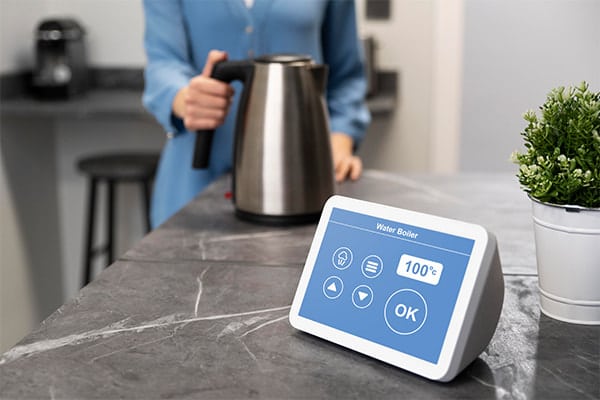
Timed Control
Timed lighting control is often used in areas like storage rooms, laundry rooms, or stairways—places where lights are used temporarily and may be forgotten to turn off.
- For instance, if you turn on the stairway light and move to the second floor, taking around 20 seconds, you can set the system to automatically turn off the light after 30 seconds.
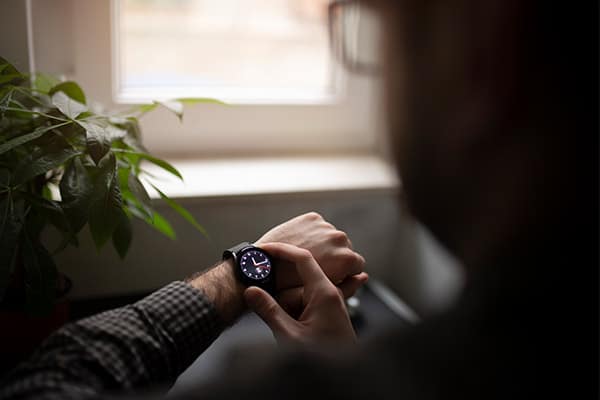
Scheduled Control
Scheduled lighting control is used to set fixed times for turning lights on and off during specific times of the day or week.
- For example, you might schedule the outdoor lights or balcony lights to automatically turn on at 6 PM and turn off at 10 PM every day, or only from Monday to Friday, leaving Saturday and Sunday unaffected.
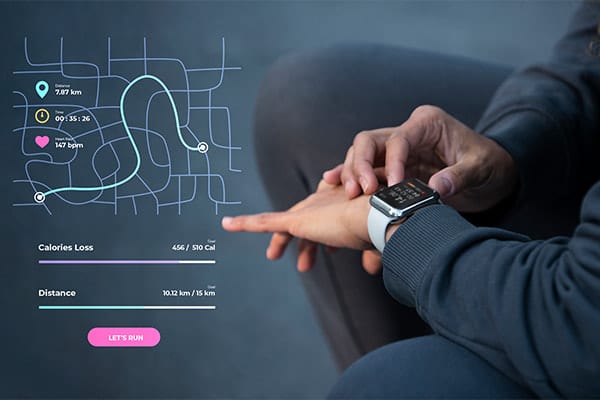
Sensor-Based Control
Sensor-based control is a form of automation where lights are turned on or off based on input events detected by sensors (e.g., motion sensors, door sensors, gas sensors, smoke detectors).
- The sensor detects an event and sends a signal to the system to decide whether to turn the lights on or off. For example, you might set the stairway lights to turn on if natural light is insufficient and someone is passing by. This requires checking both “light” and “movement” conditions to activate the lights.
- Similarly, the bathroom light might turn on at night when movement is detected, or the kitchen light might activate when you move into the kitchen area at night.
- This method is commonly used for stairways, front hallways, and as part of home security systems.
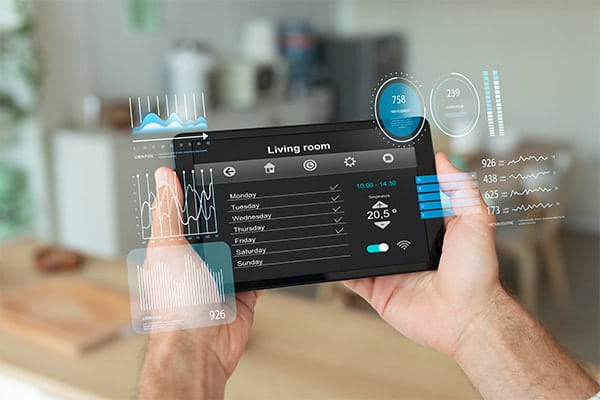
Context-Based Lighting
Context-based control involves setting the state of multiple lights at once. For instance:
- Pressing the “DINNER” button turns on the dining room lights while turning off the kitchen and other lights.
- Pressing “GUEST” turns on all lights in the living room, while “GO TO BED” turns off all lights and turns on the night light.
- Pressing “AWAY” turns off all lights in the house.
- Context-based control helps save time by managing multiple lights simultaneously and creating convenient and interesting scenarios. Most lighting systems incorporate context-based control; otherwise, they wouldn’t be considered “smart” anymore.
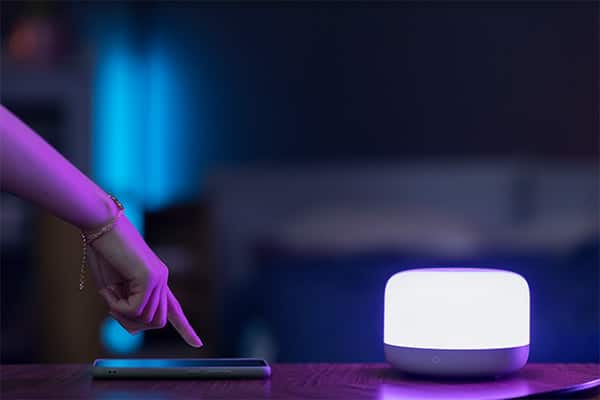
For advice on Automatic Lighting Control, contact ntsecurityusa directly.

